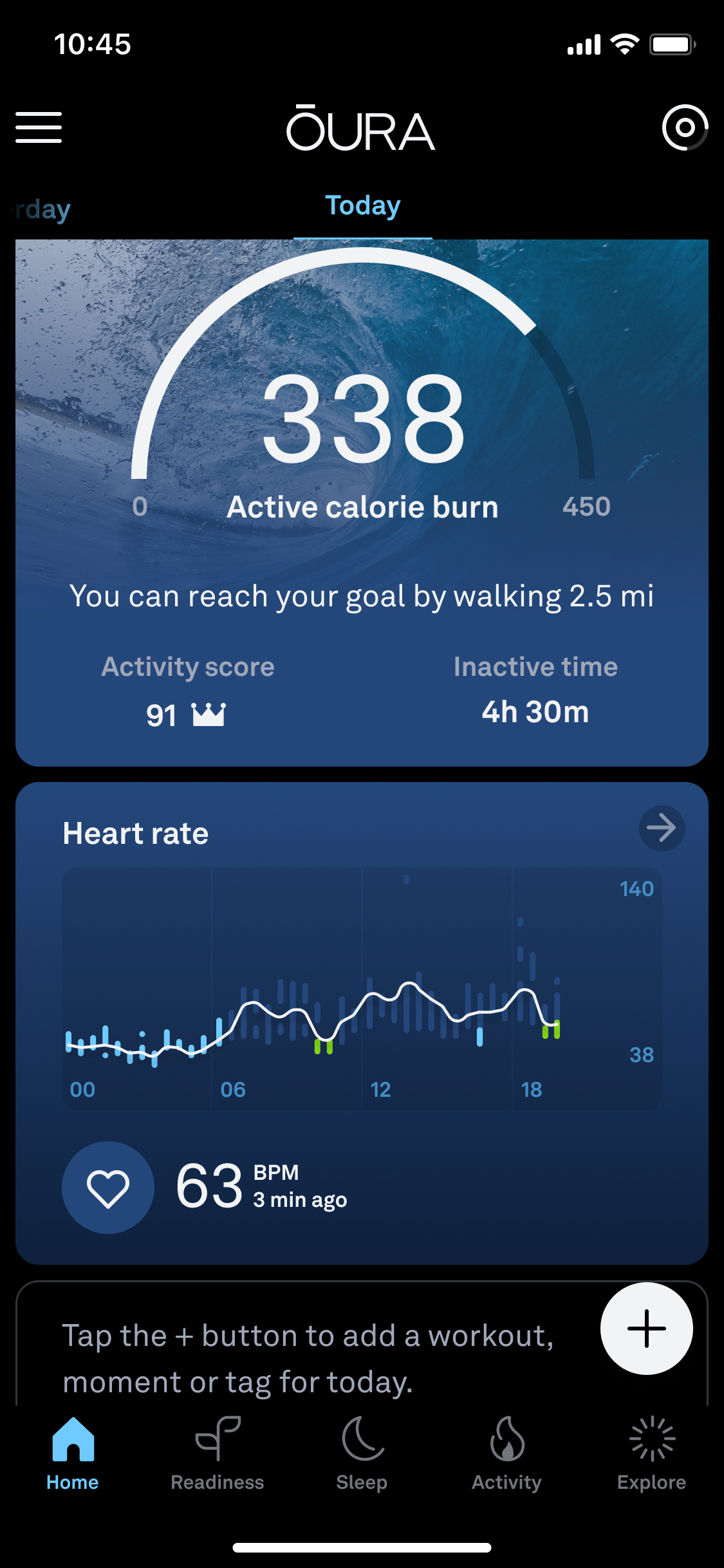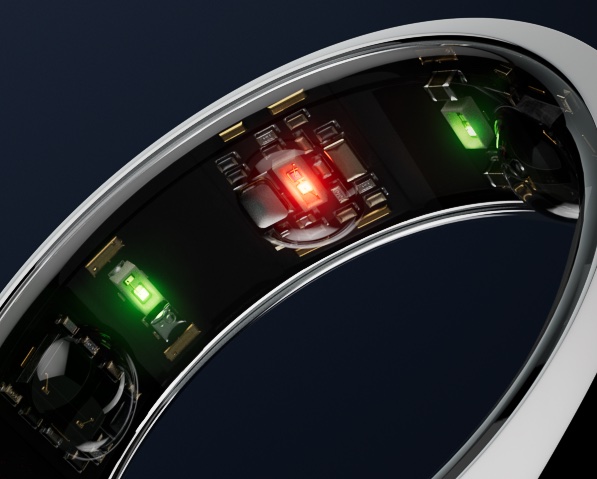We reviewed one of the most sophisticated wearable technology devices on the market
How are your New Year’s resolutions coming along? As we conclude the first weeks of 2024, chances are that the fresh-start effect has begun to wane. When it comes to succeeding in what we set out to achieve and the habits we want to instil, consistency and dedication will beat that oh-so-fickle motivation every time.
But could technology — specifically wearables — help us remain steadfast on our path towards healthier choices and taking better care of ourselves? To find out, I decided to take the Oura ring for a test spin.
The smart ring uses 20 different biometric markers to track sleep, physical activity, and — its latest feature — stress resilience.
I have to say that I did become attached to the ring pretty quickly. Maybe I haven’t quite begun calling it “my precious” yet, but I did start referring to it as “my Oura” within a week. It is sleeker than any Fitbit, and, dare we say it, much more stylish than the Whoop band (sorry, Crossfiters), and the app itself looks pretty beautiful.

At 7.9mm wide and 2.55mm thick, the Oura ring weighs between 4 to 6 grams, depending on size. As someone who is already pretty health-conscious (not on the full Huberman Lab protocol, but ticking a few boxes), I was pretty intrigued to see what kind of punch such a small titanium band housing highly sophisticated tech could pack.
“When I started my career there was a distinction between what you would think about as consumer-grade wearables and clinical medical-grade wearables. Now, that distinction is rapidly blurring,” Shyamal Patel, ŌURA’s Head of Science, tells TNW from his home in Boston, US. ŌURA’s roots however, are somewhere else entirely.
From Finland with style
Founded in Oulu, Finland, in 2013, the company’s ring initially focused primarily on sleep tracking. The wearable tech startup became a unicorn and sold its millionth ring in 2022, and is currently on the third generation of hardware.
Mordor Intelligence (yes, that is their name, this is not just an LOTR ring-related pun on our side) estimates that the global wearables market will hit $186bn in 2024, and expects it to reach $493bn by 2029, so there is ample potential for growth. And the tech is pretty remarkable. So much so that competitors have allegedly attempted to poach the startup’s engineers.
The Oura smart ring uses infrared photoplethysmography sensors (PPG) on either side of the finger to measure heart rate and respiration. The system sends light through LEDs and receives it with a photodiode that captures how pulses of light through your arteries reflect your heart’s activity. ŌURA states that it is 99.9% reliable compared to a medical-grade electrocardiogram (ECG).

One of the most impressive features of the Oura ring is probably still the sleep monitoring. The tech analyses your slumber by measuring heart rate, heart-rate variability (HRV), body temperature, restfulness, and time spent in deep, light, and REM sleep. This combined with other variables such as consistency of bed and wake-up times then makes up your overall Sleep score.
ŌURA released its latest sleep algorithm last year, following two years of additional R&D around 1,500 nights of data from different individuals. This resulted in a 15% improvement in measurement accuracy, reaching 79% — compared to the 83% boasted by clinical sleep researchers. “If you are going to make decisions about your health, you really need to trust that the data that you’re getting is accurate and reliable,” Patel emphasises.
While we tend to be incredibly adept at negotiating with ourselves, it is harder to argue with hard data. For those looking to change behaviours impacting their sleep and overall well-being, having access to objective feedback may well prove an invaluable investment in health-span over time.
Menstrual cycle predictions
Or as Patel puts it: “When you see how having a glass of wine before going to bed raises your overnight resting heart rate by 10 beats per minute — that tells you that this is putting a lot of stress on your system, right? And so you change that behaviour, and then the benefit of making that small behaviour change compounds over months and years.”
We use cookies and other data for a number of reasons, such as keeping TNW sites reliable and secure, personalizing content and ads, providing social media features and to analyze how our sites are used.
Continue the full article…
Source: thenextweb.com

